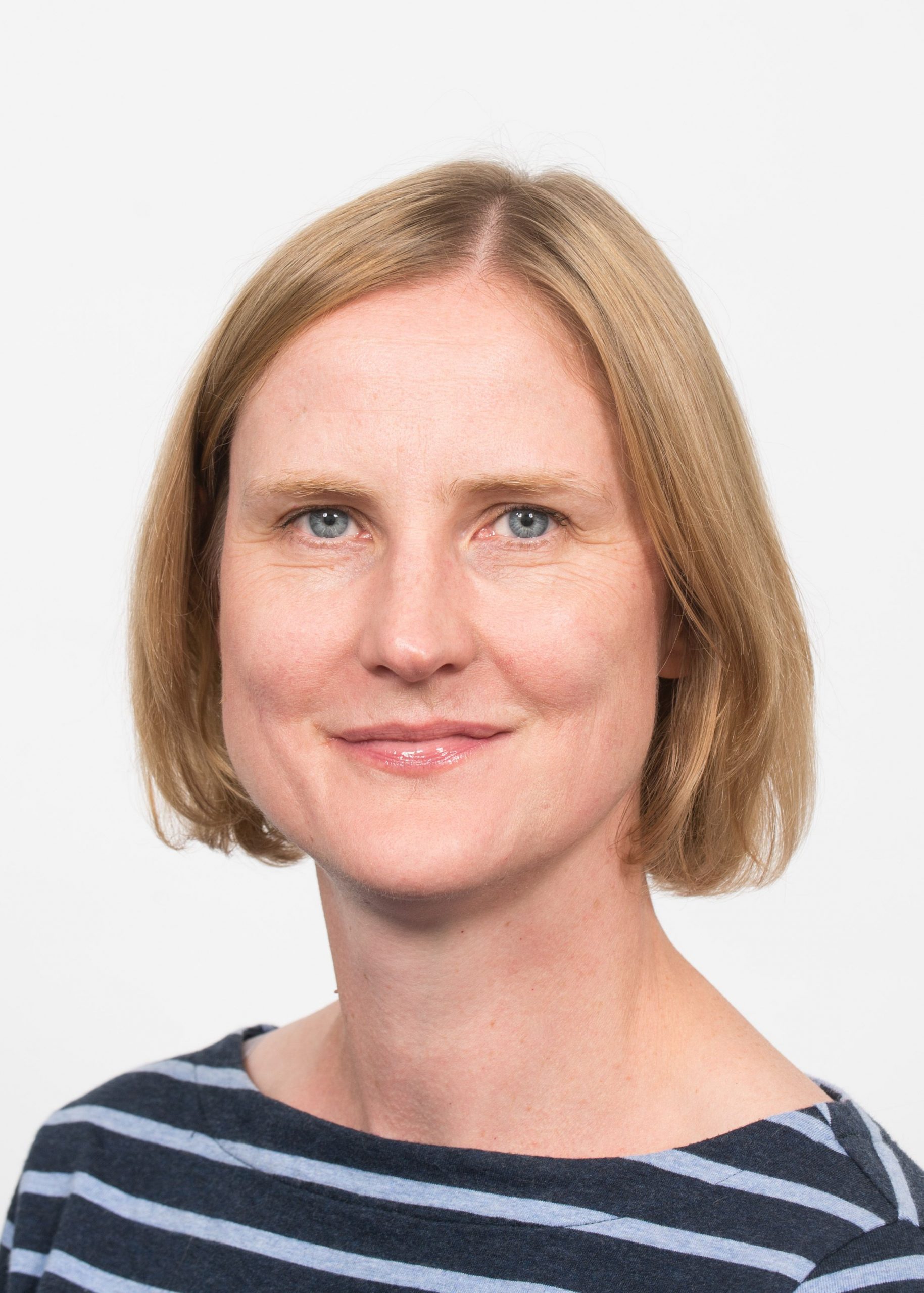Women’s Work: The Juggling Act of Multiple Jobs
Louise Lawson is lead researcher on the ‘women in multiple low-paid employment’ project at the University of Glasgow. She is also a Lecturer in Health Policy and Health Inequalities in the School of Social and Political Sciences at the University. Louise is a qualitative researcher with research interests in health, gender and caring inequalities, and in the application of participatory research methods.
08/03/2024
This guest blog has been written by Louise Lawson for International Women’s Day 2024 based on her research. An exhibition of this research: Women’s Work: The Juggling Act of Multiple Jobs’ is on at the Advanced Research Centre, University of Glasgow, until 8th March 2024 and will move to the new Adam Smith Business School, University of Glasgow on 11th March 2024 for an indefinite period.
The exhibition builds on research based at the University of Glasgow exploring women’s low paid employment, highlighting issues around multiple paid and unpaid work, caring responsibilities and health and wellbeing. The project and exhibition provide unique and timely insights into the key features of the women’s work, caring and health, detailing the lived experience of multiple low-paid employment in the UK today.
- Louise Lawson,

Louise Lawson
The focus on women’s multiple low-paid work is novel yet increasingly important and relevant – almost one in five women experience multiple low paid employment at some point over a decade. Lone-parents are more likely to be working multiple low-paid jobs when compared to all working women. Some more of the other interesting findings from our research were that almost half of women in multiple low-paid employment have a degree level qualification, and women working longer spells of multiple jobs actually saw improvements in their mental health.
Over 100 women were interviewed for the project. The sheer hard work of many women working multiple jobs was striking: many working five, six or seven days a week, early starts, non-standard hours, stretched hours, but still “skint”, “working for nothing”, and “squeezing it all in”. Many felt their work lacked recognition and value: ”we are just numbers”, “absolutely done in”, and “one day I will not have to suffer this”. Metaphors were used to describe the often relentless nature of multiple low-paid work: “juggling act”, feeling like a “hamster in a wheel”, “on a rollercoaster”, “forever on a loop”. Yet there were also stories of joy and determination with some women dedicated to and finding fulfilment from their work, seeing it as a route to something better and optimistic for the future”.
A key aim of the project was to give voice to women in multiple low-paid employment, and to provide opportunities to raise the profile of women’s work, paid and unpaid. We decided to incorporate an artistic response to engage women, using creative techniques to generate interesting and thought-provoking art about their lives. The project formed a collaboration with Glasgow Women’s Library (GWL) who commissioned artist Ailie Rutherford to work with women in visualising the complex nature of their work and care. “Pouring Out, Pouring In: Mapping Women’s Work” is a coded collection of maps illustrating how things are now and how they might be, alongside recordings of some of the women’s conversations. “Pouring Out Pouring In: Mapping Women’s Work”
There has been far too little contemplation of the unique features of the working lives of women in multiple low-paid work, especially for lone parents, and women and families lacking appropriate support. The exhibition showcases a selection of the research findings alongside the artworks and filmed personal testimonies of women working multiple jobs. It provides space to reflect on women’s work: the types of work women do, the value of women’s work, the protections and supports available (or lack of), the impact of childcare and informal caring responsibilities on women’s work, and the health and wellbeing implications of multiple low-paid work for women’s lives.